Traveling through Asia has provided me with many memorable experiences, especially when it comes to discovering local alcohol and beer options. While some may argue that my travels might hint at a bit of an alcohol obsession, I assure you that my interest goes beyond just drinking; it’s about exploring the rich variety and history behind each drink I encounter. Whether it’s the chill of a freshly cracked beer after a long day of sightseeing or the excitement of discovering something entirely new, the alcohol scene in Asia offers a whole world of flavors and experiences. Let’s dive into some of my favorites across the continent.
1. Japan
Japan’s alcohol scene is nothing short of extraordinary. While many know sake, or Nihonshu, it’s just the tip of the iceberg. Sake, a rice wine, typically has an alcohol content of about 14%, but there’s much more to explore. Shōchū, a distilled spirit derived from rice, boasts a stronger kick, around 25%. However, Japan’s global dominance in whiskey production truly sets it apart. Japanese whiskies, such as those from Suntory Yamazaki, have earned worldwide acclaim, even surpassing Scotland in quality. Convenience stores like 7/11 and Lawson are stocked with a variety of options, from Asahi and Kirin beers to Chu-Hi (a highball mix of shōchū with soda and fruit flavors). Prices are incredibly affordable too, with large cans of beer and Chu-Hi often costing just $1 to $2. Overall, Japan’s alcohol offerings are a must-try for anyone visiting.
2. India
India offers an impressive variety of spirits, notably whiskies, many of which carry traces of British colonial influence. Signature and Blenders Pride are two standout whisky brands, both rich and malty. But whisky isn’t the only thing India has to offer. The country is also home to a wide range of locally produced spirits, including the premium brandy, Honey Bee. Indian beers like Kingfisher and Cobra are globally recognized, but if you dig deeper, there are plenty of local brews to discover. Sikkim, a tax-free region in the Himalayas, is a great place to explore locally produced liquors. The variety and quality of alcohol in India are vast, making it a true paradise for drink lovers.
3. Philippines
The Philippines might not be the first country that comes to mind when thinking of beer in Asia, but their beer game is exceptional. San Miguel, which dominates the country’s beer market, offers a variety of brews, including the award-winning Pale Pilsen. The Philippines also produces a range of rums and other liquors, and there are regional specialties like tuba (palm wine) and lambanog (coconut spirit). As far as beers go, San Miguel stands out, but the country’s growing craft beer scene is also worth exploring.
4. China
China’s alcohol scene is dominated by baijiu, a potent spirit distilled from rice or barley. While it’s not to everyone’s taste, baijiu has a unique flavor and packs a punch with an alcohol content of around 50%. The prices are reasonable, especially in local stores, but luxury brands can cost a fortune. For those in search of a good beer, Tsingtao is the most famous, though there are many regional brands to discover. Overall, China offers an interesting variety of alcohol, though baijiu remains its star attraction.
5. Taiwan
Taiwan’s alcohol scene is heavily influenced by both Chinese and Japanese cultures. Convenience stores in Taiwan are filled with imported Japanese beers and spirits, such as Kirin and One Cup Sake. Taiwan Beer is the most popular local brew, though its taste is fairly standard. The most interesting offering from Taiwan is the fruit beer, which is light and refreshing, but often not to everyone’s taste. Still, Taiwan’s selection of imported alcohol is impressive, making it a great place to find Japanese and international drinks.
6. Thailand
After spending years living in Thailand, I can confidently say the country has an extensive variety of alcohol options, especially when it comes to beer. Leo, Singha, and Chang are the three main domestic beers, with Leo being the local favorite. For spirits, Thailand offers some high-quality options, such as Blend 285 whisky, which is made in the Scotch style and aged in oak casks. Another notable spirit is Sangsom rum, which is often used in the infamous “buckets” — a cocktail made with Red Bull, cola, and whisky. Lao Khao, a rice whisky, is also widely consumed, and street vendors often infuse it with herbs for an added twist.
7. Myanmar
Myanmar is a bit of a hidden gem when it comes to alcohol. The country produces some great whiskies and rums, with Grand Royal Whisky being a personal favorite. Mandalay Rum, a local spirit, has even won international awards for its quality. Myanmar Beer is the most well-known beer, but there are also a variety of imported beers available. The quality of alcohol is generally high, and if you’re willing to explore local shops, you’ll find some surprising treasures.
8. Vietnam
Vietnam is known for its ultra-cheap Bia Hoi beer, which costs only a few cents a glass. While it’s fun to experience the local drinking culture, Bia Hoi is more about the experience than the taste. For a better beer experience, I recommend trying the local brews like Beer Hanoi or Beer Saigon, depending on which region you’re visiting. Beyond beer, Vietnam’s liquor scene is not as vibrant, though Hanoi vodka stands out as an interesting local spirit. For those interested in something more exotic, rice wine with snakes or scorpions can also be found.
9. Indonesia
Indonesia, being the most populous Muslim country, doesn’t have a booming alcohol scene. However, Bali, the predominantly Hindu island, offers a greater range of alcohol options, including imported beers and spirits. Bintang, the local beer, is the most popular, though it is on the pricier side. The quality of alcohol in Indonesia isn’t particularly impressive, and even the local arrack cocktails didn’t live up to expectations. Overall, Indonesia’s alcohol offerings are limited, especially outside Bali.
10. Cambodia
While Cambodia is often praised for its affordable alcohol, I’ve never been particularly impressed with the local offerings. Local beers like Angkor Beer are common, but the quality didn’t leave a lasting impression on me. That said, I didn’t spend much time exploring Cambodia’s alcohol scene beyond the basics. The country is better known for its unique experiences, like the famous happy pizzas, rather than its drinking culture.
11. Laos
Beer Lao is by far the most popular beer in Laos, holding a 99% share of the market. While it’s a solid beer, it can get boring after a few days. Beer Lao Black, a roasted malt version, and Beer Lao Gold, a more expensive option, offer a slight change of pace, but the options are limited. Lao-Lao, a strong rice whisky, is another local specialty worth trying, although it’s not for the faint of heart. Laos is better known for its imported wines, which are cheaper than in neighboring Thailand.
12. Malaysia
Malaysia’s Islamic laws mean that alcohol can be expensive, with beers typically costing around $5 for a large bottle. However, there are exceptions, particularly in Langkawi, a duty-free island where alcohol is much cheaper. The variety of alcohol in Malaysia is limited, and local beers like Carlsberg and Guinness are the most common. Despite the high prices and taxes, Malaysia offers a unique alcohol experience for those willing to explore.
13. Singapore
Singapore is known for its excellent food, but the alcohol scene is less impressive. Prices are high, and the selection is limited. Tiger Beer, the most popular local beer, is decent but can be found anywhere in Asia. Singapore Sling, a cocktail made with gin, is a tourist favorite, though I find it underwhelming. For those looking for a stronger drink, Anchor Strong, with an alcohol content of 8.8%, offers better value for money.
14. Brunei
Brunei is a dry state, and alcohol is strictly prohibited within the country. While it’s possible to bring alcohol in from neighboring countries, it’s not a part of the local culture. I spent four days in Brunei without consuming any alcohol, and while I didn’t miss it, I’m intrigued by the growing youth culture that sneaks across borders for a weekend of drinking in Malaysia.










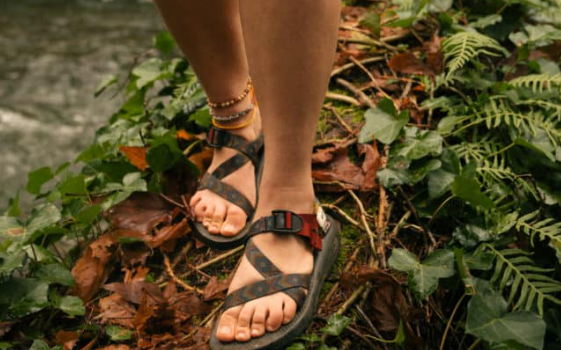


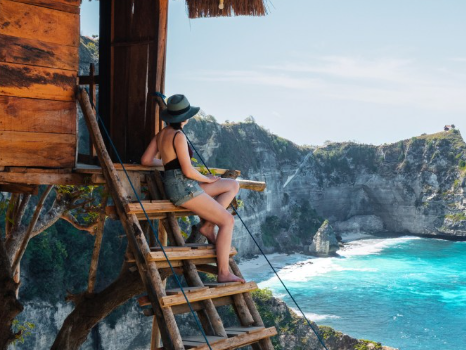

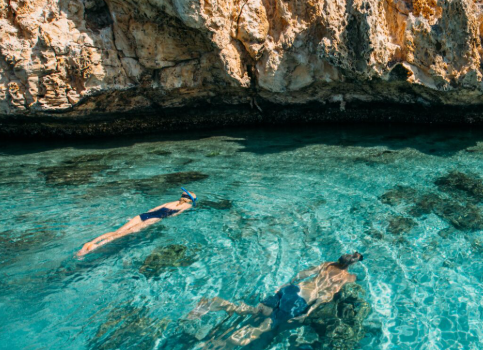

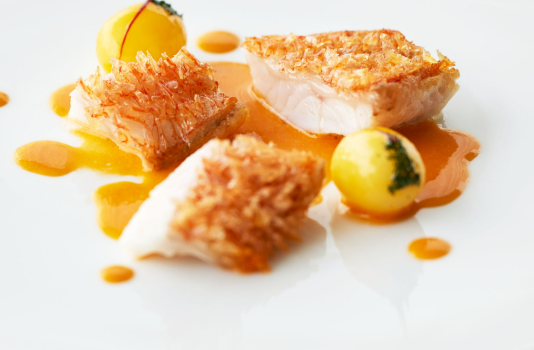
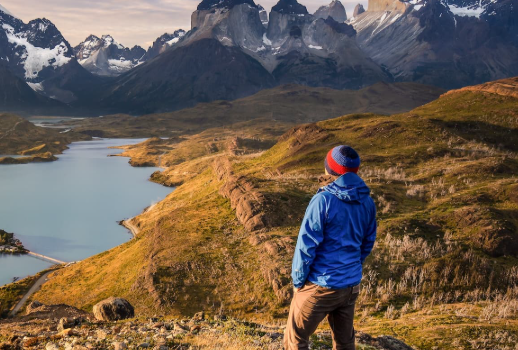
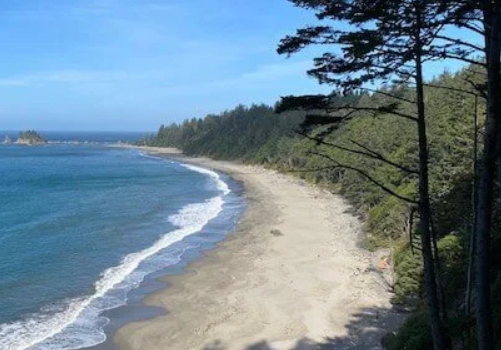

Comments